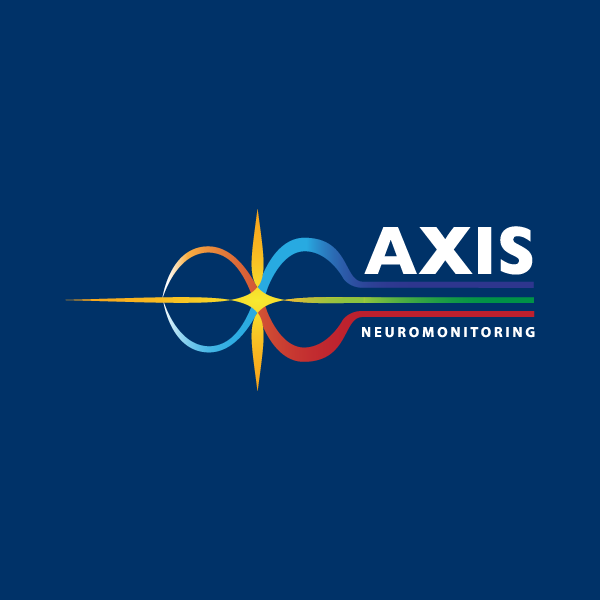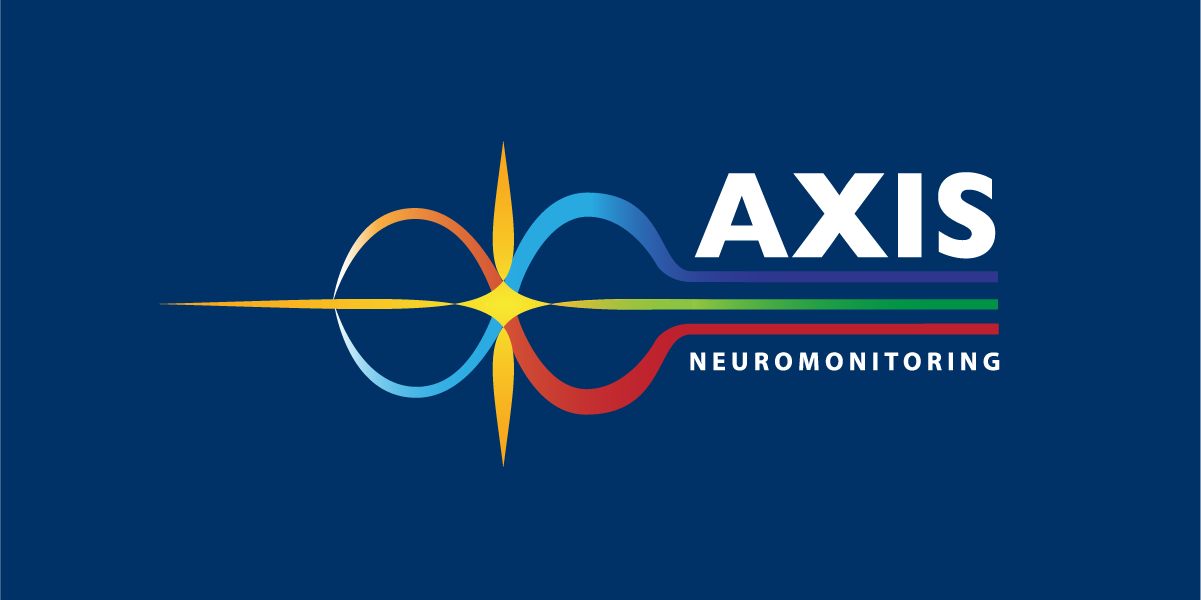Restoring Ulnar Nerve Signals During Cervical Laminoforaminotomy with Real-Time SSEP Monitoring
October 07, 2025
During spinal surgery, even small adjustments in patient positioning can have a big impact on neural integrity. In this case, real-time intraoperative neuromonitoring (IONM) detected a significant drop in sensory response from the ulnar nerve during a C7–T1 posterior cervical laminoforaminotomy. Thanks to fast intervention, the signal returned—and so did the patient’s protection from long-term neurological damage.
Why Monitoring Matters in Posterior Cervical Laminoforaminotomy
A cervical laminoforaminotomy is a minimally invasive procedure designed to relieve pressure on nerve roots caused by cervical radiculopathy or foraminal stenosis. By removing portions of bone, joint, or disc material, surgeons create more space for the nerve, reducing radiating pain, numbness, and weakness.
But like all posterior cervical procedures, laminoforaminotomy carries real risks: even minor issues in positioning, especially of the arms or shoulders, can compress peripheral nerves or reduce blood flow to neural structures. That’s why intraoperative neuromonitoring—particularly Somatosensory Evoked Potentials (SSEPs)—is critical to catching signal changes before they result in lasting harm.
Case Study: Patient Background
The patient was a 52-year-old male with a complex surgical and medical history, including:
- Cervical artificial disc replacement (ADR)
- Anterior cervical discectomy and fusion (ACDF)
- Transforaminal epidural steroid injection (TFESI)
- Lumbar spinal fusion
- Two failed spinal cord stimulators
He also had a history of diabetes, hypertension, and tobacco use.
For the past nine months, he had reported:
- Persistent left shoulder blade pain
- Radiating pain into fingers
- Occasional chest pain
Given the alignment of his symptoms with imaging and physical exam findings, the surgeon recommended a cervicothoracic posterior laminoforaminotomy to decompress the affected nerve.
Monitoring Strategy
The patient was placed prone, with arms secured at the sides. The neurophysiology team monitored ulnar nerve SSEPs to assess sensory function in the lower cervical region.
Intraoperative Event: Ulnar Signal Drop
During the procedure, the clinician observed a ~50% decrease in amplitude of the left ulnar SSEP compared to baseline. This drop indicated a possible issue with nerve conduction, most likely related to arm positioning.
The surgeon was promptly informed. In response, the left arm was repositioned. Shortly afterward, ulnar SSEP signals returned to baseline, confirming that the neural compromise was positional rather than pathological.
Resolution and Outcome
Following the adjustment, the rest of the procedure proceeded without incident. The return to baseline suggested that no lasting nerve irritation or injury occurred during surgery. Postoperatively, no new sensory or motor deficits were reported in the left upper extremity.
What Could’ve Gone Wrong Without Monitoring?
Without SSEP monitoring, the drop in ulnar signal may have gone unnoticed until after surgery. Prolonged compression of the ulnar nerve could have led to permanent loss of sensation, muscle weakness, or even atrophy in the left arm and hand.
In this case, IONM gave the team the information needed to make a fast, effective correction, preventing a potentially life-altering complication.
The Takeaway: Positioning Matters. Monitoring Makes It Safe.
This case illustrates the protective power of real-time SSEP monitoring in posterior cervical procedures:
- Early Signal Changes – Provide immediate feedback on nerve stress or ischemia
- Informed Adjustments – Allow the team to correct positioning issues before damage occurs
- Better Outcomes – Preserve both sensory and motor function post-op
In cervical spine cases, monitoring isn’t just about the spine—it’s about protecting every nerve in the surgical field.
For more insights on how IONM can enhance your surgical outcomes, contact our team today.



